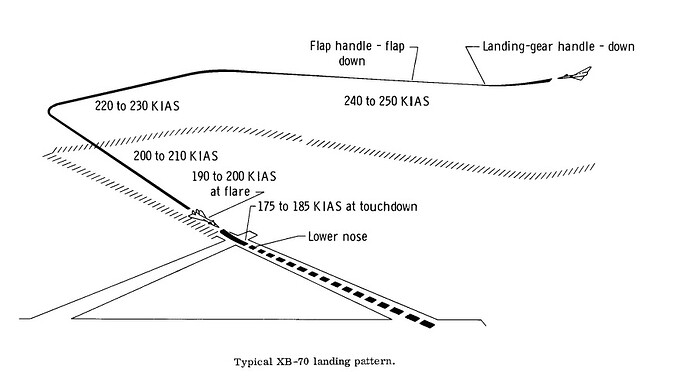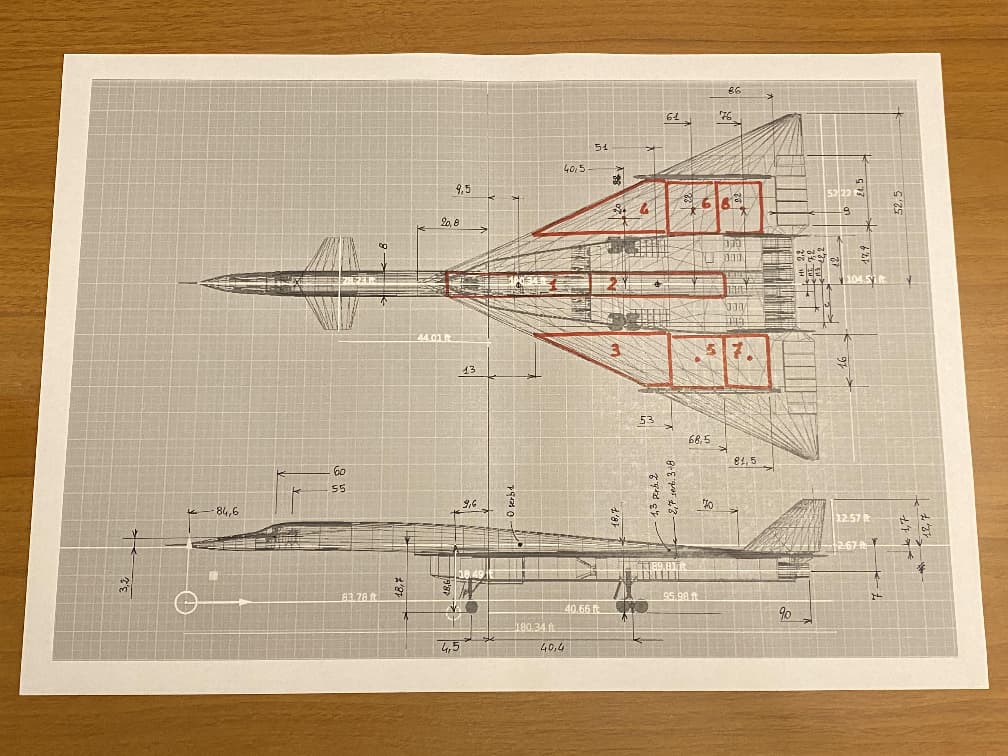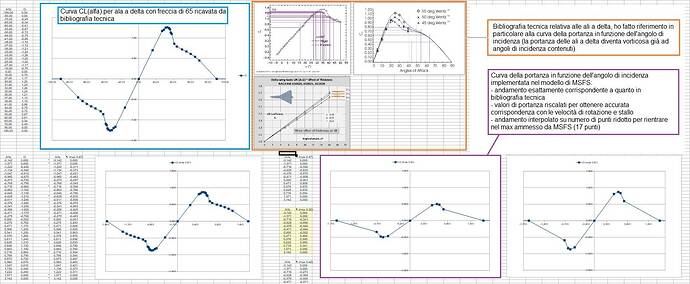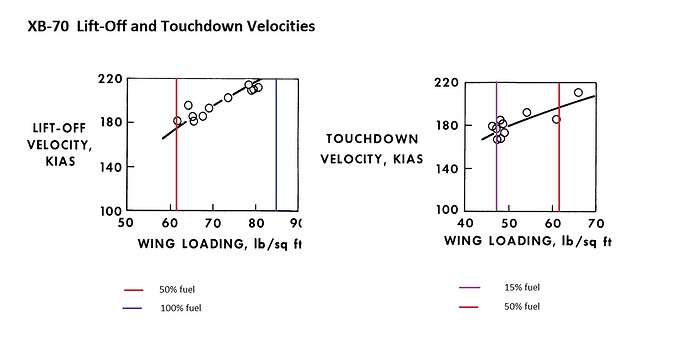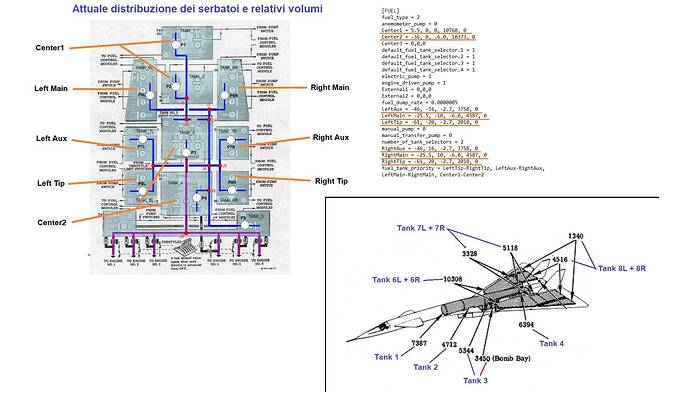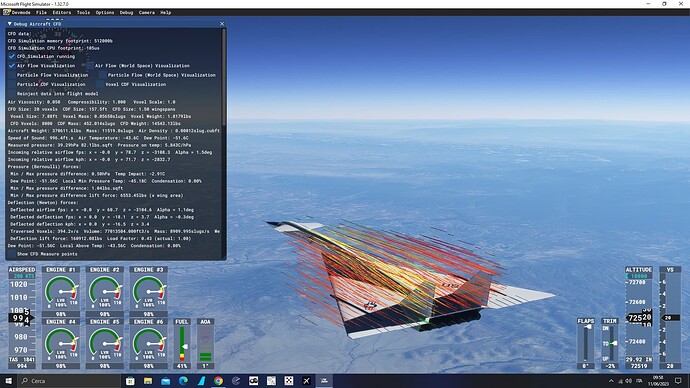Greetings -
Massimo and myself thought interesting for the amazing community of this thread if I give you a ‘behind the scenes’ hint of the XB-70 flight model development (WARNING - be prepared for the following wall of text ![]() )
)
Indeed I am an italian aeronautical engineer, working in industrial technologies department of italian jet engine manufacturing company
Being a passionate simmer myself (started to fly virtually a looong time ago in my teenage years with SubLogic FS2 on the Commodore 64 @ 1-2 FPS), when I read this very thread from Massimo and saw the amazing pictures of his XB-70, I offered him support in developing the flight model for the aircraft
Having his enthusiastic approval, I started documenting myself on MSFS SDK and the XB-70 flying characteristics, aiming to replicate as faithfully as possible the behaviour of this unique tri-sonic bomber
Admittedly I am experimenting and learning a lot along the way, what is best I hugely enjoy the cooperation with Massimo whose dedication and enthusiasm is to be behold!
Also, we have in the Team our secretive Chief Test Pilot whose great attention to the details and constructive comments pushes us ahead anticipating the expectations of the community
At the current development status, the flight characteristics of the XB-70 are as follows
The airplane is capable to reach 72.000 ft and Mach 3 following the published climb profile for Mach 3.0 cruise flight, that is to say:
- climb up to 20,000 ft accelerating to Mach 0.9
- climb up to 30,000 ft without exceeding Mach 0.9
- acceleration to Mach 1.5 maintaining constant altitude 30.000 ft
- acceleration climb up to 70,000 ft and Mach 3.0
It takes approx 20 minutes to reach the cruising altitude and speed, with afterburners always on
Notably, during the transition from Mach 0.9 to approximately Mach 1.1 happens the rearward movement of the aerodynamic center which re-stabilises from Mach 1.2 onwards (this displacement should be compensated with the fuel transfer between the tanks but this function is not yet introduced), anyway it can be esily controlled with the trim (but be careful not to lose too much altitude while breaking the sound barrier!)
Accelerating climb from 50,000 to 70,000 ft requires careful use of trim to maintain correct attitude and speed because at very high altitude and high speed, the pitch control using the yoke is not enough precise, as very small movements of the yoke will cause large excursions in vertical speed
The trim allows much finer control of vertical speed and expecially the latest 5000-6000 ft require some pilot concentration to achieve stable cruise conditions
Notably, the XB-70 sensibility in pitch at very high altitude and high speed is indeed reported by the real test pilots, who experienced large variations in vertical speed (up to +/- 3000 ft/min) at Mach 3.0
In flight at very high altitude and high speed the XB-70 the lateral control is ‘sluggish’ as can be expected by the very thin air, maneuvres must be planned in advance and executed with very light touch, anticipating the exit
Other two behaviours reported by the real test pilots and properly captured are the low stability in yaw (mainly due to the small vertical fins an rudders) and the ground effect generated by the large delta wing, these are both reproduced in the flight model
Also, do not expect the XB-70 to maneuvre like a jet fighter, it is a large and heavy aircraft not suited for aerobatics (the maximum allowed flight loads are merely +/- 2 Gs with a safety factor of 1,5)
In the words of our Team Chief Test Pilot:
“The flight model is amazing, it really feels like a combination of a jet and a 747, like a jet because with the delta wing if you cut power you just fall from the sky so you always need to keep some power when landing. And it flies like a 747 because it is heavy and I think has perfect responsiveness to controls.”
Some limitations showed up during the development for which I have not yet a workaround, mainly the possibility for the XB-70 to reach ridicolously high altitudes and the tendency to accelerate beyond M3.2 (if experienced developer would lend some help to me, feel free to PM me to keep this thread as the XB-70 development update)
Rest assured I will continue the development of flight model and engines model following and doing my best in complementing Massimo awesome work
Hope this update was intersting and let me greet by saying that, staring at the world and clouds moving visibly below and behind you is, well… priceless!
All the best until the next update
Marco
P.S.: let me add some research and development images for you to enjoy and scrutinize!
The real flight envelope of XB-70 - Can be flown accurately
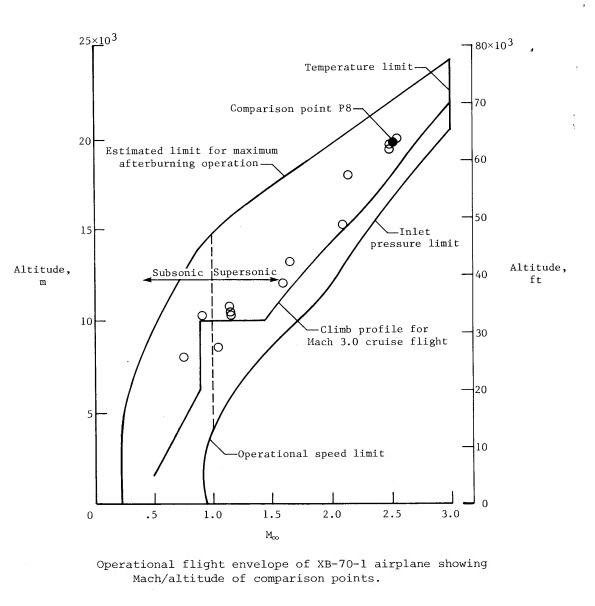
The real circuit pattern of XB-70 - Must be flown accurately!
Marco’s drawing board ( yes, old school indeed ![]() )
)
Modeling the CL-Alpha curve of the XB-70 delta wing (sorry for the notes in italian)
XB-70 takeoff and touch down velocities
XB-70 fuel tanks volume, weight and position
Mighty XB-70 in flight, M3.0 at 72500 ft
